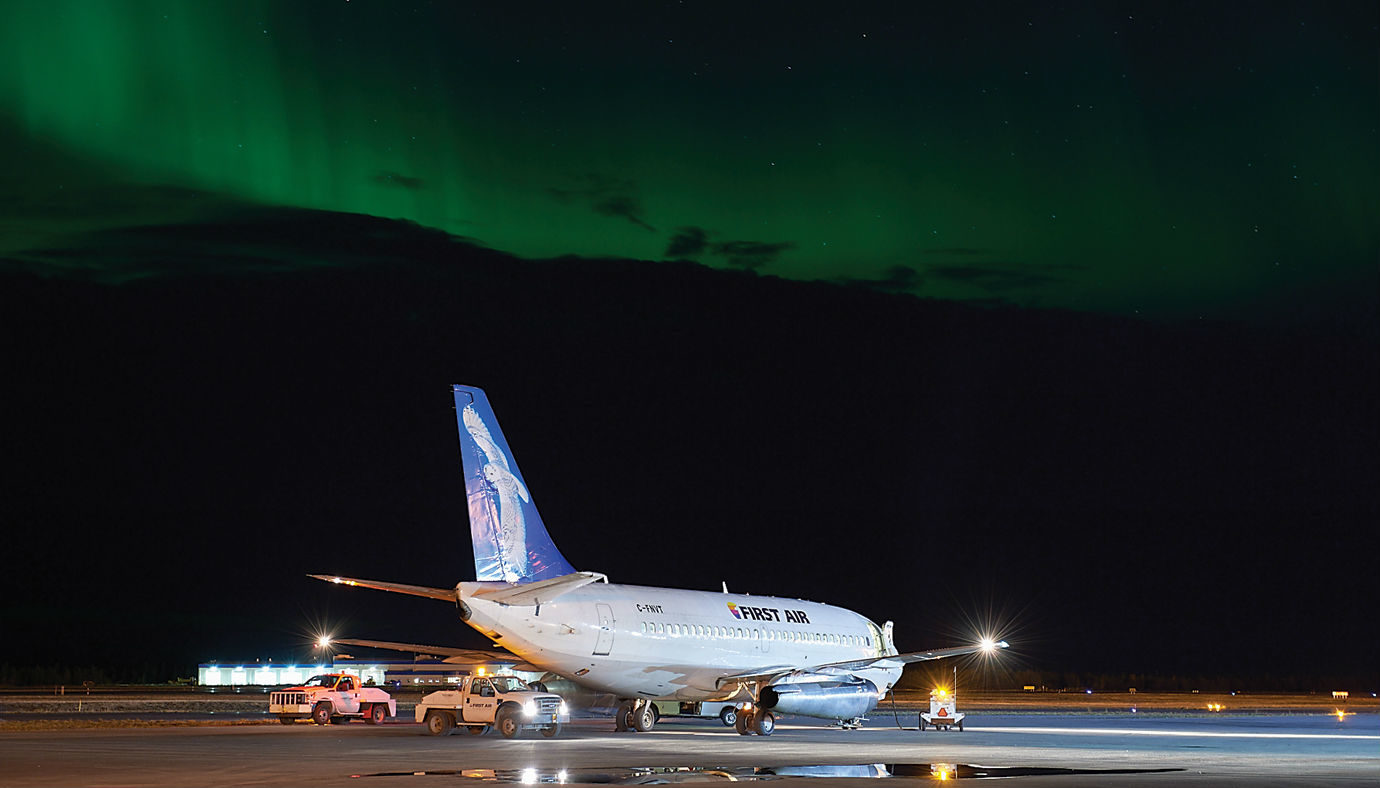Estimated reading time 11 minutes, 8 seconds.
As northern air operators and industry stakeholders prepare to converge on Yellowknife for NATA 41, the 41st annual meeting of the Northern Air Transport Association to be held April 24 to 26, many of them will be transiting through the city’s airport. It’s a facility which is coincidentally a hot topic with many northern operators right now.
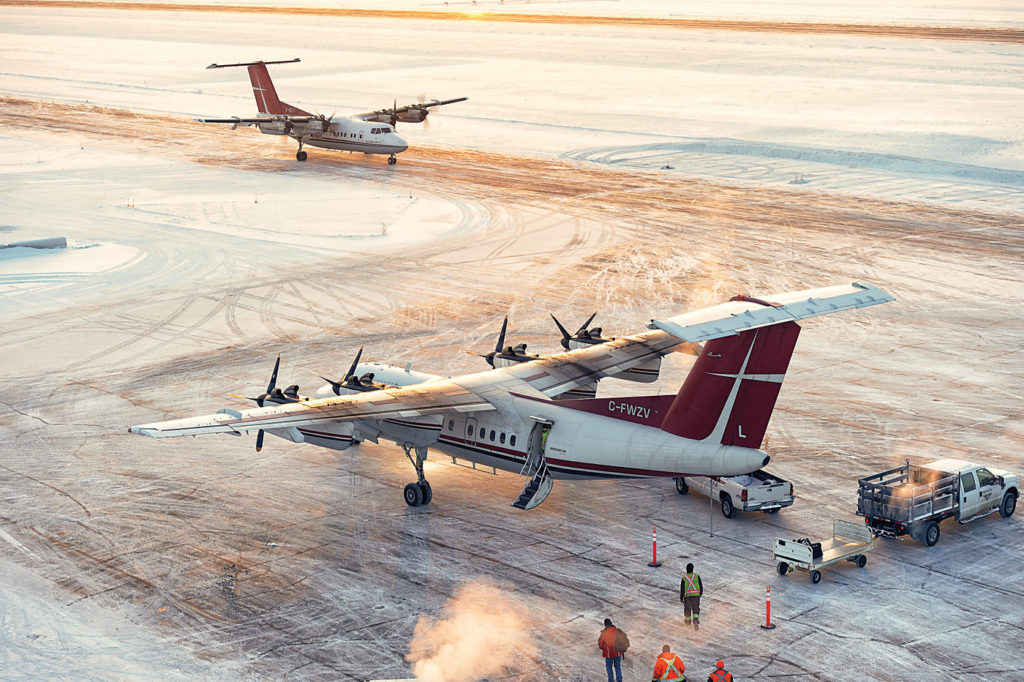
That’s because Yellowknife Airport (YZF), owned by the Northwest Territories government, recently made headlines with its plan to begin charging an airport improvement fee (AIF) in February 2017. The implementation of the fee–which could add $10 to $20 to each passenger’s ticket price–was subsequently delayed to July of this year because members of the legislative assembly needed more time to review the proposed legislation.
The territorial government has unveiled big plans for YZF, saying the new fee will be used to add parking spaces; expand the post-security waiting area and introduce restaurants and other services for travellers; provide more power outlets and dedicated Wi-Fi; and help to streamline security, among other improvements.
There’s just one problem. The airlines that fly into Yellowknife–and many of the people aboard them–don’t want any part of such a fee.
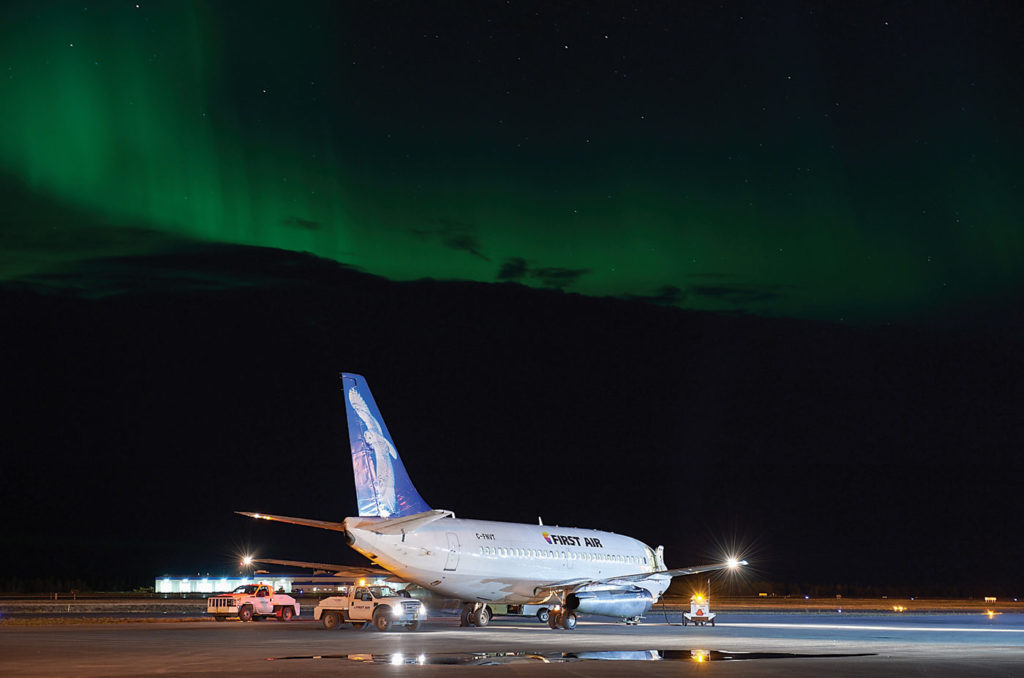
In addition to increasing ticket costs, the proposed bill would also allow the airport to hike landing and terminal fees for air operators using the facility. And who will end up swallowing these added fees? The travelling public, according to NATA’s executive director, Glenn Priestley.
“It’s all about supportive infrastructure in the North,” he told Skies. “You can’t expect [taxes from] a population the size of Kingston [Ont.] to support the aviation infrastructure of an area that is 40 per cent of the size of Canada. These fee increases will be passed on completely to the customer. We’re pushing back hard on this because the same problem could happen in Iqaluit, for example.
“Our issue with that is that there is no concern for maintaining something as part of the Canadian national infrastructure. From our perspective, we look at the people of the North, and we think cheaper air travel is better for everybody.”
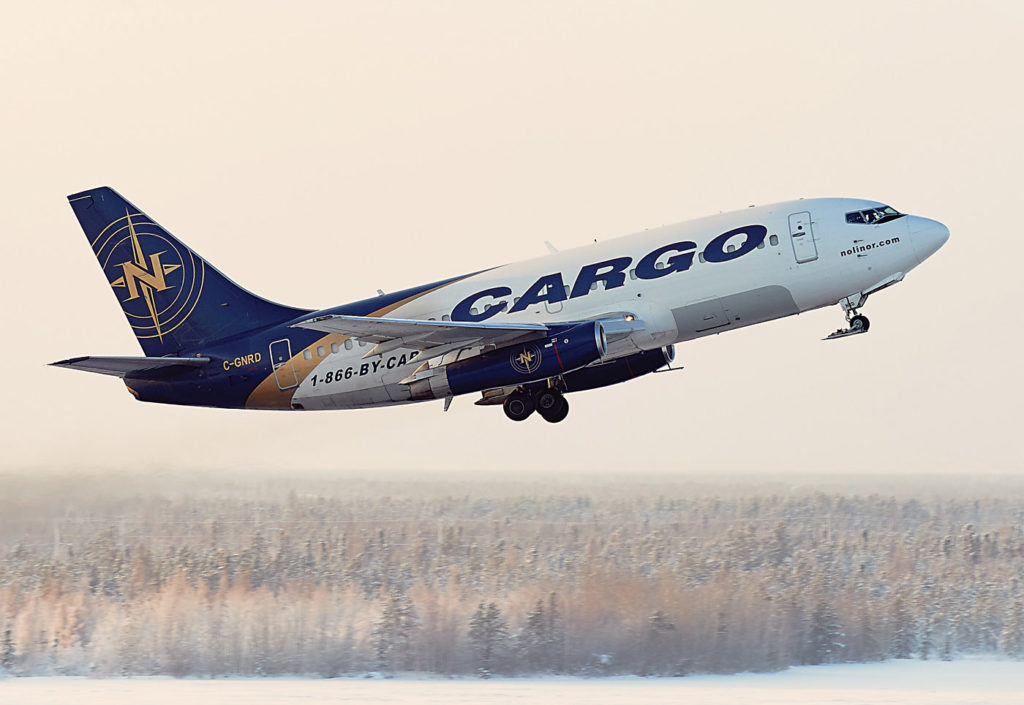
That’s not to say that NATA doesn’t support infrastructure improvements in the North. Indeed, it considers them a priority.
Priestley said a comprehensive northern infrastructure funding strategy has long been a NATA hot button issue. In fact, a northern airports system is as important to the future development of the North as the national railway was to Confederation, notes a resolution drafted by the association.
As such, NATA says the responsibility falls squarely upon the federal government to maintain a safe, modern national transportation system from coast to coast to coast.
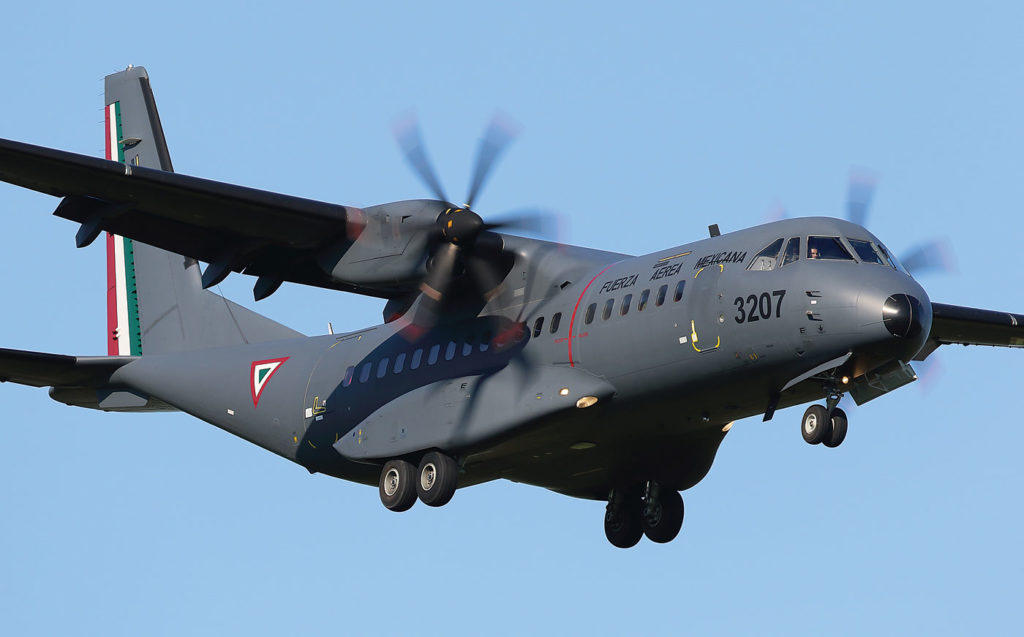
In a November 2016 speech welcomed by northern air operators, Transport Minister Marc Garneau acknowledged that the transportation infrastructure in the North remains basic, even “antiquated” in some cases. He pledged to work with northern governments and communities to assess infrastructure priorities.
As Priestley said, “Much of the technology on board upgraded aircraft cannot be used [in the North] because we don’t have the proper supporting nav aids or approach lighting.”
Runways, too, are in need of attention. Of the 100 or so total airports in Canada’s three northern territories, only 10 of them have a paved runway. With gravel-certified aircraft getting older and new certifications being rare, along with the constant damage planes incur from gravel landings, NATA is keen to explore alternative runway surfacing solutions.

Options include a program developed by Midwest Industrial Supply that involves a liquid application to preserve and stabilize a runway’s fines (small particulate matter that comprises the structure of a gravel runway). Another possible alternative is an aluminum plank system manufactured by another company, Faun Trackway.
A consortium of these companies and other stakeholders, including government agencies, airlines and airport operators, has been formed and NATA is facilitating an alternative runway surfaces workshop, to be held at NATA 41 on April 26. The group’s end goal is to establish a test centre in Cambridge Bay, Nunavut.
“This type of materials testing seems to fit well with the High Arctic Research Centre being planned for Cambridge Bay, and that is also an airport that requires a runway that can receive modern jet aircraft,” explained Priestley.
Runway length is also an issue in the North, where NATA opposes the idea of proposed mandatory runway end safety areas (RESAs). These are cleared zones at the ends of a runway that “catch” aircraft in the event of a runway overrun.
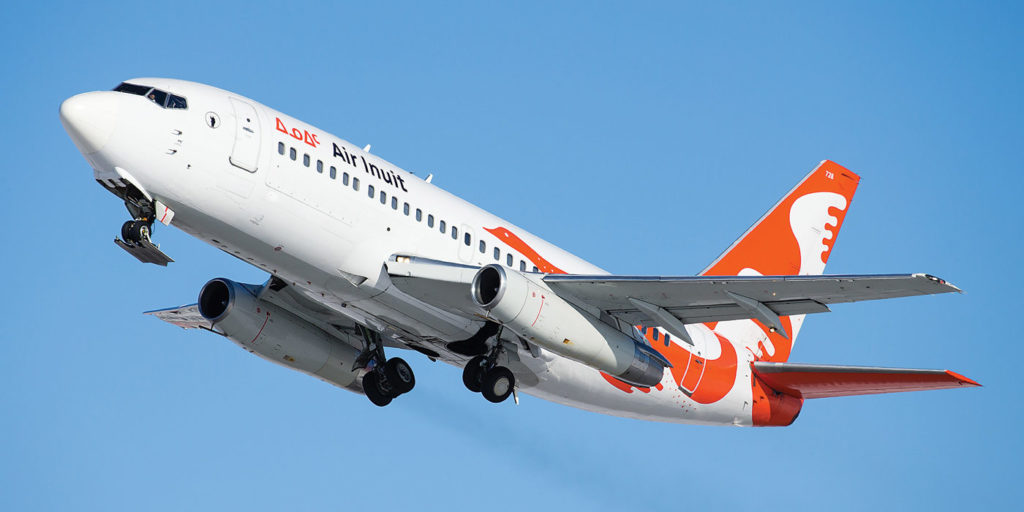
RESA construction in the north, where aircraft generally land at slower speeds on mostly gravel runways, would be cost prohibitive and funds would be better directed toward improved approach aids, according to the association.
In the North, where air travel is a way of life, the costs of infrastructure updates often pile on top of an already higher cost of living. Priestley said NATA members believe lower airfares will improve the quality of life for northern residents, as well as encourage tourism to the northern territories.
It’s different up here
While NATA and its 39 members are certainly concerned about northern aviation infrastructure, the No. 1 issue on the association radar remains Transport Canada’s plan to implement “very prescriptive flight and duty time regulations that will not improve safety.”
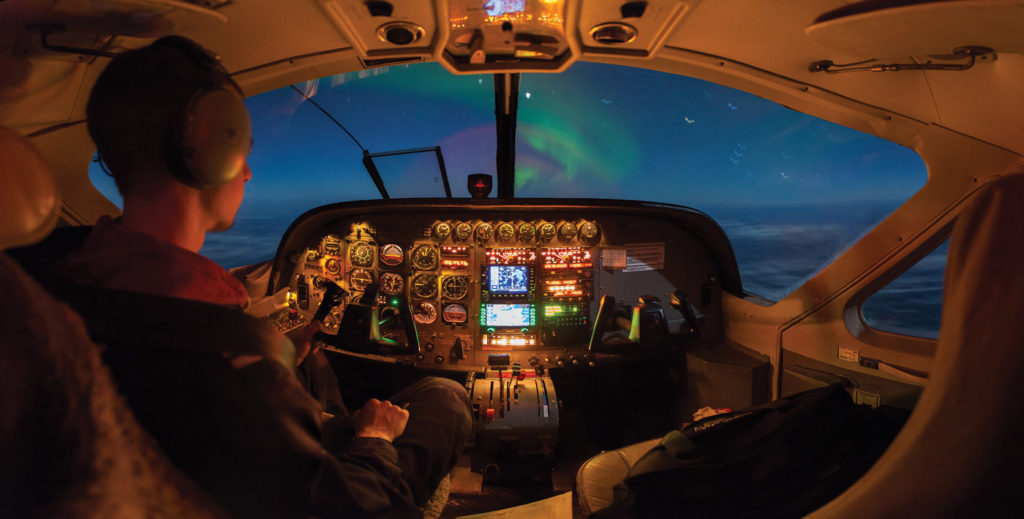
NATA has joined other Canadian industry associations to protest what the coalition calls a “one-size-fits-all” approach to regulating flight and duty times. Instead of taking the realities of Canada’s various air operations into account, they say the regulations seem to be geared exclusively to the benefit of large international airlines. Of course, they operate under vastly different circumstances from northern and remote operators, Priestley pointed out.
“Nine aviation associations in Canada have come together and have written a letter to the Minister, and now we’re starting a political activity to get the Minister to realize the bureaucracy is pushing through something the industry doesn’t accept,” he said.
“We don’t think they’ve done the consultation as well as they should have. They haven’t listened to the northern operators. We have solutions in place and we have fatigue management systems and for whatever reason they weren’t considered.”
While Priestley acknowledged that fatigue is a factor in the North, where pilots fly “long, lonely routes,” he also emphasized it’s nothing new and that NATA members have already spent years addressing the issue.
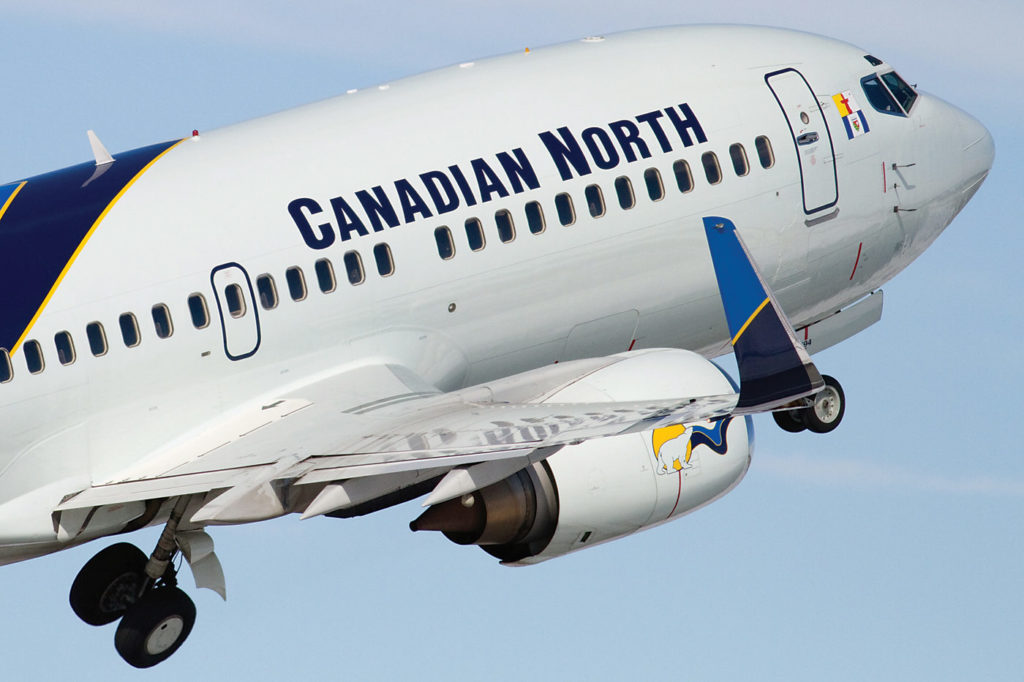
“We’ve built some million-dollar staff rest houses in places like Iqaluit, but it seems the regulator just doesn’t want to know about it and what has been done in the North.”
Ironically, NATA says that in their current form, the new rules for flight and duty times will actually reduce a pilot’s competency because they will be flying less often. This will result in a reduced skill level, explained Priestley. “That’s particularly worrisome when it comes to flying in the mountains or flying at night into airports with few navigational aids.”
He said the association has asked Minister Garneau to put the flight and duty time process on pause so the regulator will have more time to familiarize itself with the unique operating requirements of the various aviation segments in Canada.
Pilots needed
The pilot shortage is real, particularly in the Canadian North, where it can be harder to attract and retain pilots who typically want to return to more southerly climates.
By requiring industry to have more pilots to meet new flight and duty time requirements, Transport Canada will only serve to exacerbate the problem, claims NATA.
“We’re struggling to build our own pilots in the North because we can’t get enough anymore,” said Priestley, noting that Whitehorse-based association member Alkan Air has established a college-level flight training program designed to produce graduates with customized northern operations skills.
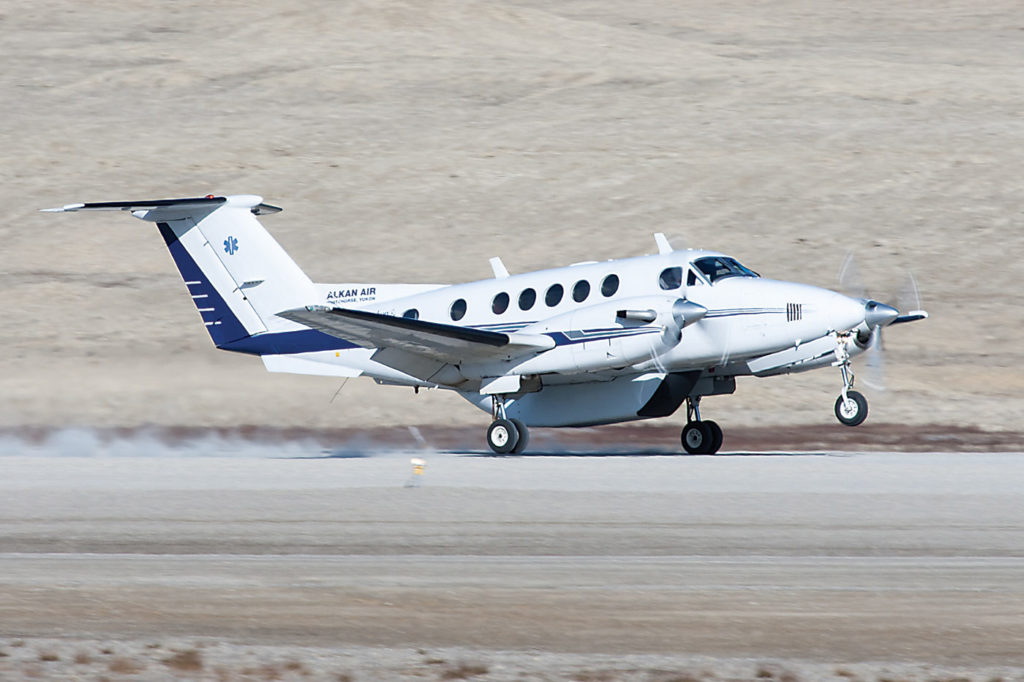
“We’re pushing back,” said Priestley. “We’re proud of what we want to do to make a good system better.”
Now that he’s been in the executive director’s seat for a year, he reiterates that NATA’s goal is to be known as a solid, serious consultative body.
“We want to work with the regulator and all the various stakeholders,” he said. “We want to be a thinking organization; we want to provide our members with the right tools. We’ve created tools for the flight and duty pushback–we want to send messages to the regulator that what the operators are doing now is quite effective in the type of flying they’re doing. We’re doing a lot of this right, and we’re willing to work with them to make a good system better.”
Between outdated facilities, inferior infrastructure, a harsh climate and stiff competition for a limited market, northern operators have their work cut out for them.
“In the north, it is just so darn hard,” concluded Priestley. “Everyone is trying their best. We need government investment in infrastructure to get the North as independent as possible. Good infrastructure will encourage tourism and exploration and independence.”
Lisa Gordon is editor-in-chief of Skies magazine.
